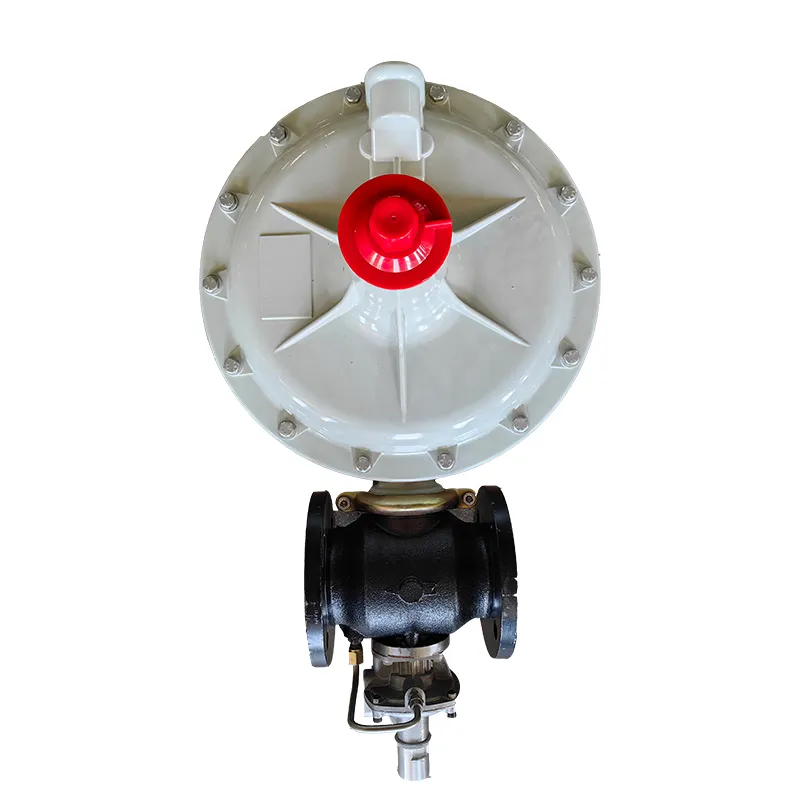
Oct . 19, 2024 05:04
Back to list
natural gas heat exchanger
Natural Gas Heat Exchanger An Overview
Natural gas heat exchangers play a crucial role in various industrial and residential applications, facilitating the efficient transfer of heat between two or more fluids. These devices are pivotal in processes where energy conservation and cost-effectiveness are paramount, especially in industries such as power generation, petrochemicals, and food processing.
At its core, a heat exchanger allows for the transfer of thermal energy from one medium to another, typically without mixing the two substances. In the context of natural gas, heat exchangers are often used to recover heat from exhaust gases, ensuring that as much energy as possible is utilized. This not only optimizes fuel usage but also significantly reduces greenhouse gas emissions, aligning with global sustainability goals.
Types of Natural Gas Heat Exchangers
There are various types of heat exchangers employed in natural gas applications, including
1. Shell and Tube Heat Exchangers This is one of the most common designs. It consists of a series of tubes, with one fluid flowing through the tubes and another fluid flowing outside them within a shell. The large surface area provided by the tubes allows for efficient heat transfer.
2. Plate Heat Exchangers Made up of numerous thin plates stacked together, these heat exchangers maximize the surface area for heat transfer. They are compact, easy to clean, and suitable for applications where temperature control is critical.
3. Air-Cooled Heat Exchangers These utilize air to dissipate heat and are commonly used in natural gas processing plants. They are particularly beneficial in areas where water is scarce or where cooling water supplies are limited.
natural gas heat exchanger

Applications of Natural Gas Heat Exchangers
Natural gas heat exchangers find a wide range of applications. In natural gas processing, they help cool the gas after it has been compressed, allowing for the condensation of liquids and the separation of impurities. In power plants, these heat exchangers can capture waste heat from exhaust gases, improving thermal efficiency and reducing operational costs.
In commercial buildings, they are utilized in HVAC (heating, ventilation, and air conditioning) systems to recover heat from extraction processes and preheat incoming air or water, thereby reducing energy consumption. Their role in environmentally sustainable practices cannot be overstated, as they contribute significantly to energy recovery and usage efficiency.
Benefits of Using Natural Gas Heat Exchangers
The benefits of employing natural gas heat exchangers are multifaceted. Firstly, they enhance energy efficiency by recovering and reusing waste heat, which can lead to substantial cost savings over time. Secondly, they minimize environmental impact by lowering greenhouse gas emissions connected with natural gas usage.
Moreover, modern heat exchangers are designed to be more durable and require less maintenance, which further improves their cost-effectiveness. With advancements in technology, heat exchangers have become more compact and efficient, allowing for better performance in limited spaces.
Conclusion
In conclusion, natural gas heat exchangers are integral to modern industrial processes and energy management strategies. They improve efficiency, reduce costs, and contribute to environmental sustainability. As industries continue to seek ways to optimize energy use and minimize ecological footprints, the role of natural gas heat exchangers will undoubtedly grow, making them a key component of future energy systems. The evolution of technology in this field promises even greater efficiencies and capabilities, paving the way for enhanced energy solutions across various sectors.
Next:
Latest news
-
Safety Valve Spring-Loaded Design Overpressure ProtectionNewsJul.25,2025
-
Precision Voltage Regulator AC5 Accuracy Grade PerformanceNewsJul.25,2025
-
Natural Gas Pressure Regulating Skid Industrial Pipeline ApplicationsNewsJul.25,2025
-
Natural Gas Filter Stainless Steel Mesh Element DesignNewsJul.25,2025
-
Gas Pressure Regulator Valve Direct-Acting Spring-Loaded DesignNewsJul.25,2025
-
Decompression Equipment Multi-Stage Heat Exchange System DesignNewsJul.25,2025

